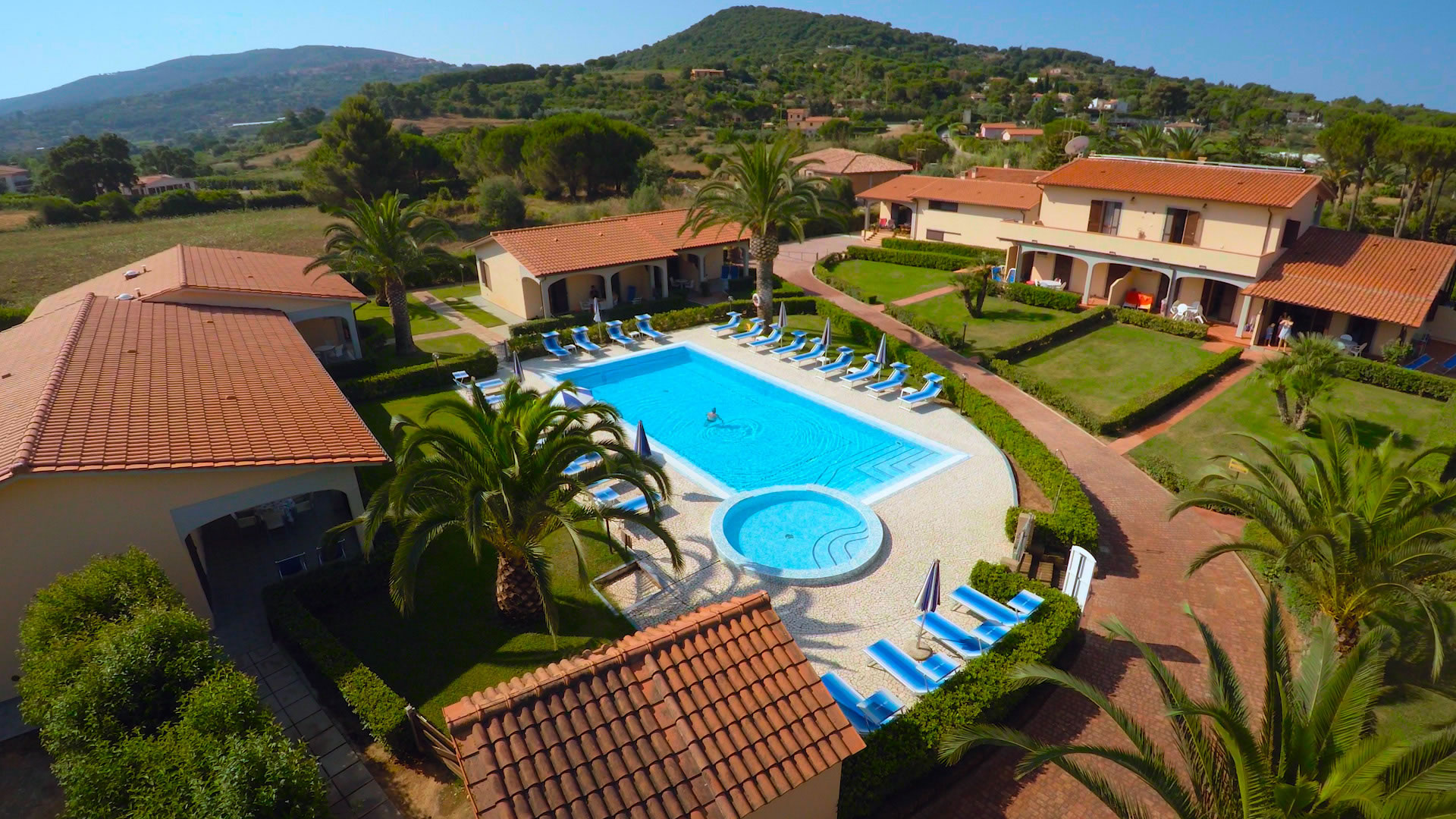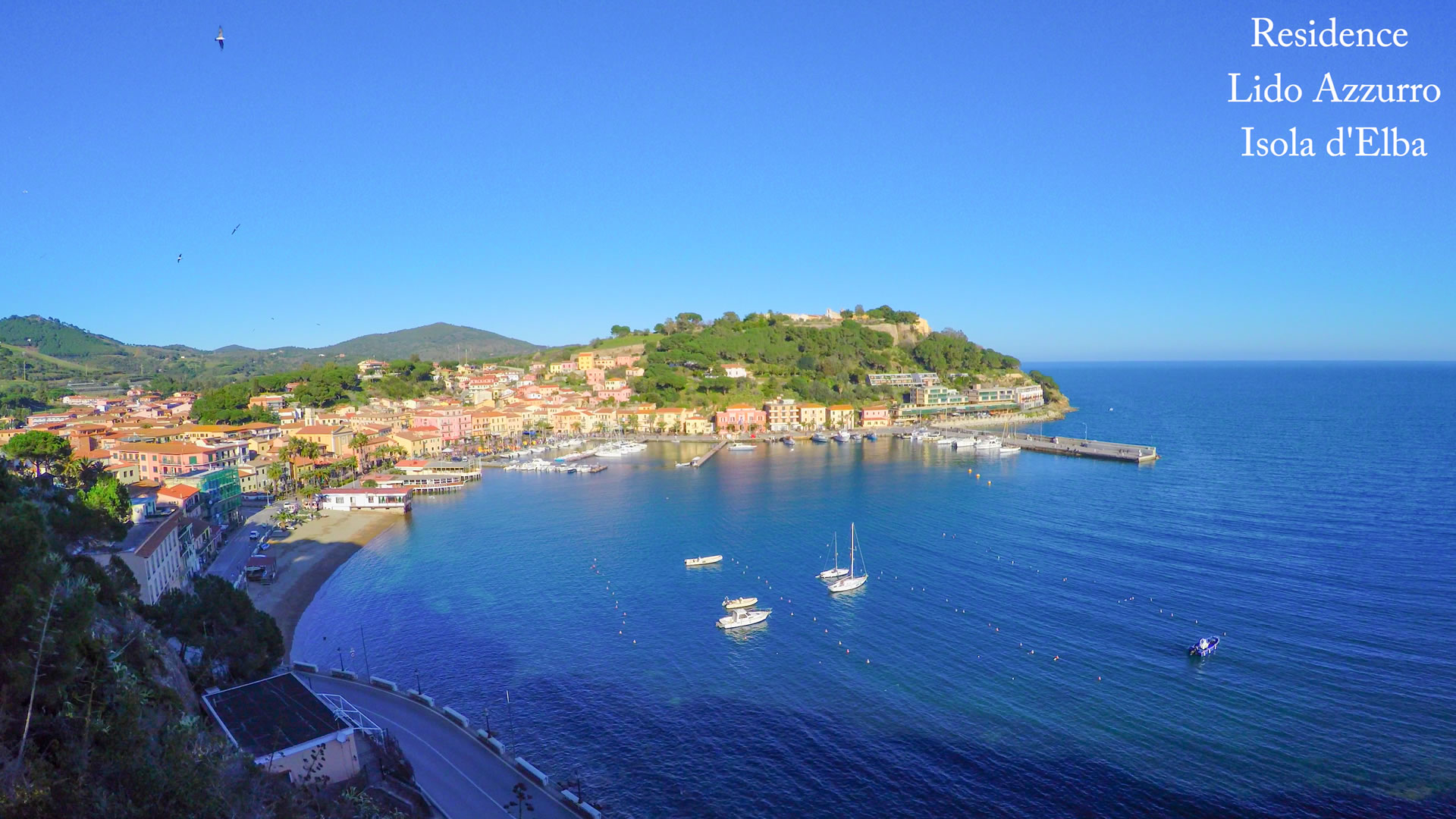Perched on a small hill, Capoliveri is strategically located, overlooking, on one side, the Gulf of Porto Azzurro and, on the other side, the Gulf Stella with the suggestive view of Mount Capanne.
Its origin dates back to 1906 when it separated from Porto Longone, now Porto Azzurro. There have always been various hypotheses about the meaning of the name and the origins of the town.
The term “Caput Liberum” is of Latin origin and can be literally translated as “free cape”. One hypothesis suggests that the name derives from the geographical conformation of the area on which Capoliveri stands, being free because surrounded by the sea. According to another theory, “Caput Liberum” would refer to a place of freedom or autonomy, indicating an area where former slaves were relegated, allowed to move freely in this place.
Born as an Etruscan hill fortress, it may have had an even older foundation, given the presence of Greek and Phoenician sailors towards an island rich in iron, but already known for copper.
Within the ancient walls, it assumed a rational geometric shape, typical of the Latin construction tradition. In the medieval period, the fortified village further gathered around the square and the current Via Roma, which is the main street and the highest one, from which, like a “fishbone,” a series of alleys, streets, squares, and alleys branch out, characterized by arches, arcades, underpasses, and side staircases.
Medieval is the church of San Michele, of which only parts of the apse remain, sufficient, however, to deduce that it must have been a rare example of the purest Pisan architecture. It is said that Pope Gregory XI, on the journey returning the papal seat from Avignon to Rome, surprised by a storm, climbed to San Michele and celebrated mass there. On the southern slope of Capoliveri stands the Sanctuary of Madonna delle Grazie.
Among the most important festivals is the traditional one of Innamorata, which is celebrated on July 14th with a medieval costume procession from the town to the beach of Innamorata and the Festa dell’Uva, dedicated to the grape harvest and the traditions of Capoliveri, which takes place on the first Sunday of October.
Market day: Thursday morning.


